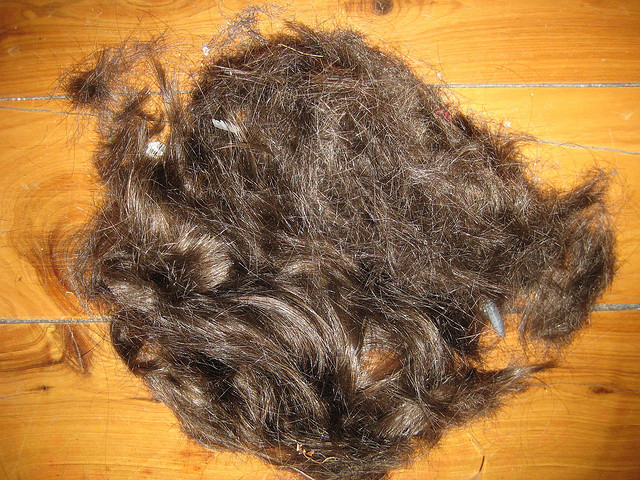Hair loss can be upsetting for anyone, whether they’re a man or a woman, and young or old. There can be lots of causes of hair loss, from hereditary baldness to something causing a change in hormones. When your hair starts to go, both the physical and psychological effects can be hard to deal with. But there are several options for treatment, although some have more evidence behind them than others. While many hair loss cases will only last for a short time, others will not. So if you’re looking for a way to slow your hair loss or even restore your hair, you can consider the treatment options below.
Topical and Oral Medications
A lot of people experiencing hair loss choose to use products they can apply to their scalp to help the hair grow. These might be in the form of shampoos, creams and lotions or masks. You will often find minoxidil in these products, which is recommended for both men and women. However, stronger solutions could cause facial hair growth for women. Minoxidil can help hair to grow back, but you need to use it for several months. Another medication, which is only recommended for men, is finasteride. It prevents testosterone converting to DHT, which shrinks hair follicles.
Nutritional Supplements
Dietary supplements are another option for treating hair loss. You can take supplements containing vitamins to encourage hair growth by nourishing your scalp. For example, this Viviscal review covers the ingredients of one vitamin pill. It contains vitamin C, as well as lots of proteins. If you believe that the right nutrition is essential, you might want to try a vitamin supplement to make sure you’re getting the things you need for a healthy head of hair.
Corticosteroids
Corticosteroids contain steroids and can be given in the form of a topical cream or as an injection. They both are prescribed to treat alopecia areata, a condition where the immune system attacks hair follicles. By suppressing the immune system, they can allow hair to grow. Both injections and topical corticosteroids target particular areas of baldness. They stop hair falling out and possibly encourage growth too. Injections need to be repeated every few weeks, whereas as creams are usually only given for a few months at a time. They can both cause side effects, such as the thinning of your skin.
Hair Transplant
Another way that people sometimes address their hair loss is through the use of a hair transplant. Although this method is expensive, it’s also more permanent than other ways you can treat alopecia. If you can afford it, you might decide it’s the best way to address your problem. However, as with any surgery it’s something you should consider carefully. It might not be the right option for you. Instead, you might prefer to use another treatment, cover up or decide to accept your hair loss.
You have several choices if you want to treat your hair loss, depending on your budget and whether you want to use more natural methods. You don’t have to accept it if you don’t want to, so find the solution that works for you.




